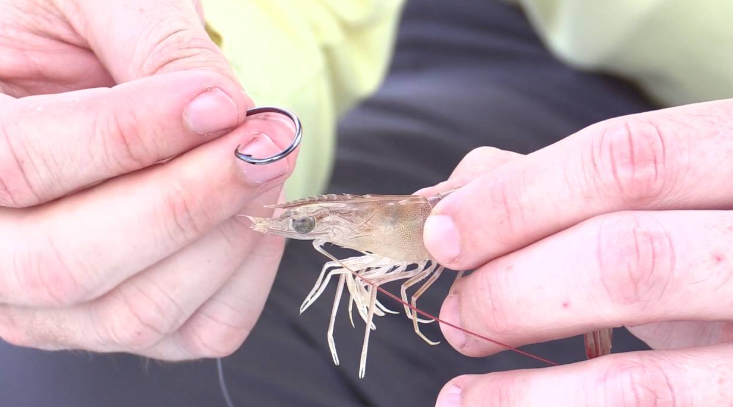How to Hook a Live Shrimp: A Step-by-Step Guide
If you're an avid angler, you know that live shrimp can be an irresistible bait for a variety of fish species. However, properly hooking a live shrimp can greatly impact your chances of a successful catch. In this guide, we will walk you through the steps of hooking a live shrimp for optimal presentation and effectiveness.

How to hook a live shrimp?
Section 1: Understanding the Anatomy of a Shrimp
Before we dive into the hooking process, let's take a moment to understand the anatomy of a live shrimp. Shrimp have a hardened exoskeleton, a long body with segmented sections, and a distinct head. They also have a pair of antennae, a set of eyes, and multiple pairs of legs. Understanding these features will help you hook the shrimp correctly.
Section 2: Selecting the Right Hook
Choosing the right hook size is crucial when hooking a live shrimp. You want to select a hook that matches the size of the shrimp you're using. Generally, a size 4 to 6 hook works well for medium-sized shrimp. Make sure the hook is sharp to ensure a clean hookset.
Section 3: Inserting the Hook
To hook a live shrimp, follow these steps:
Step 1: Hold the live shrimp gently but securely, making sure it doesn't wriggle out of your grip.
Step 2: Identify the shrimp's tail and head. The tail is typically curved, while the head has the eyes and antennae.
Step 3: Position the hook near the shrimp's head, just below the horn-like structure known as the rostrum.
Step 4: Carefully insert the hook under the shell of the shrimp's body, avoiding any vital organs.
Step 5: Push the hook through the shrimp's body until it emerges near the tail, ensuring it is securely attached. Step 6: Check that the shrimp remains lively and can move naturally in the water.
Section 4: Techniques for Different Fishing Situations
4.1. Bottom Fishing: When bottom fishing with live shrimp, it's essential to present the bait in a natural and enticing manner. Allow the shrimp to settle on the bottom while keeping your line taut. This setup is effective for targeting species like redfish, snook, and flounder.
4.2. Casting and Retrieving: For species like speckled trout or snook that feed closer to the water's surface, a casting and retrieving technique works well. Cast your bait near structures or feeding grounds and retrieve it with short, intermittent twitches to mimic the movements of a live shrimp.
4.3. Drift Fishing: If you're drift fishing in open water, using a live shrimp under a bobber can attract various species. Allow the shrimp to drift naturally with the current, creating a realistic presentation that entices fish to strike.

Shrimp units
Knowing how to hook a live shrimp properly can significantly improve your fishing success. By understanding the shrimp's anatomy, selecting the right hook, and employing the appropriate techniques for different fishing situations, you'll increase your chances of landing that prized catch. So, next time you're out on the water, remember these steps and enjoy the thrill of hooking fish with live shrimp as your bait.